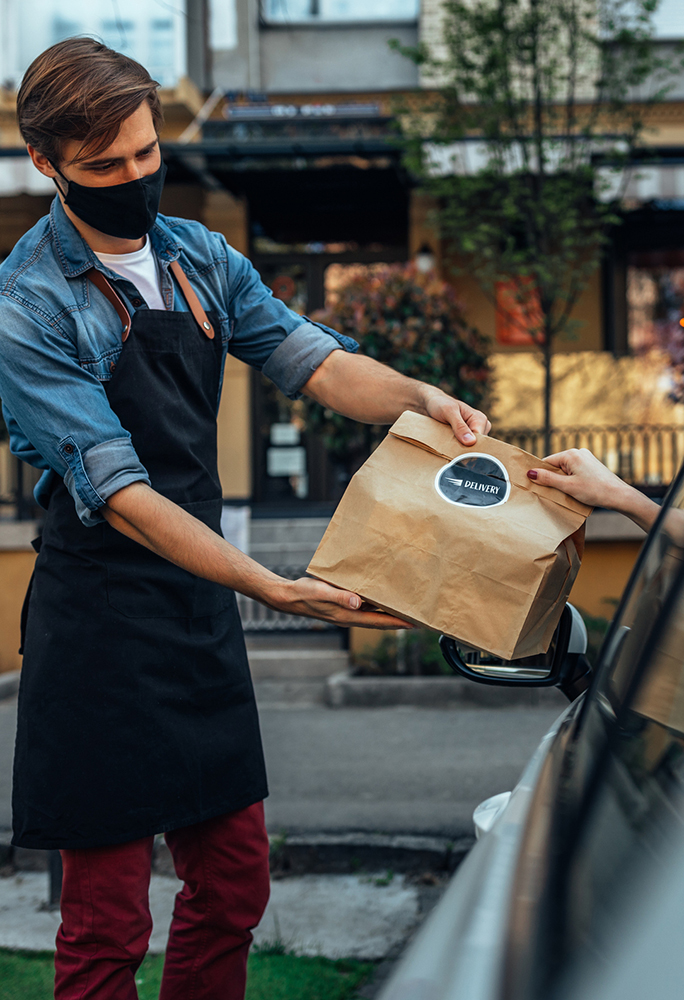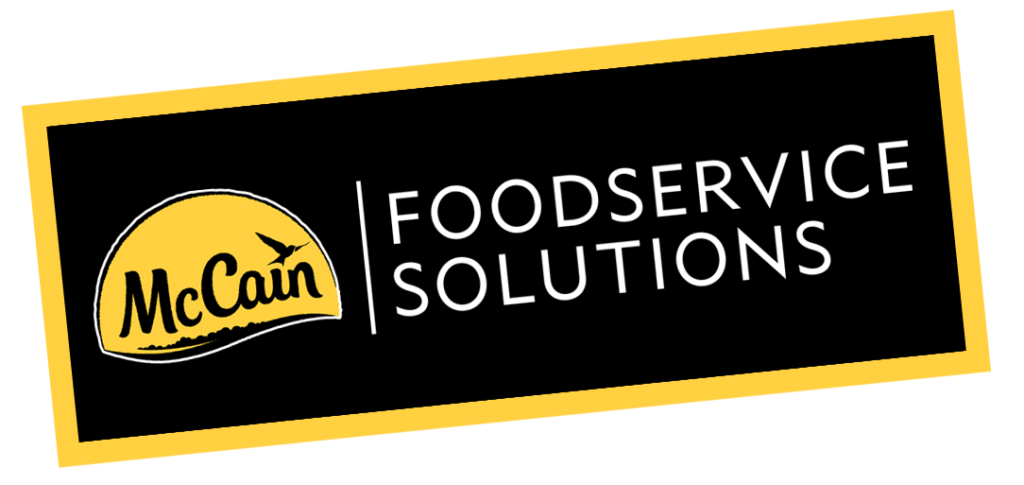Momentum for Takeout, Delivery Continues into 2022

Even as Americans have returned to in-restaurant dining in greater numbers, delivery and takeout sales have remained strong, indicating that many operators may have found solutions that meet consumers’ needs for off-premises consumption.
“From here on, it’s likely that foodservice brands will need to be as welcome in people’s homes and cars as they are welcoming of everybody to their reopened dining rooms,” research firm Datassential concludes in its recent HotShot Report, titled “Eating on the Go.”
“Restaurants overall are seeing their traffic fairly evenly divided among three types of orders: on-site dining, takeout ordered at the restaurant and takeout ordered ahead (including both delivery and pickup), the report says.
“Restaurants overall are seeing their traffic fairly evenly divided among three types of orders: on-site dining, takeout ordered at the restaurant and takeout ordered ahead (including both delivery and pickup), the report says.
Mark Brandau, associate director of content for Datassential, says he expects those trends to hold steady at least through early 2022.
“I am not seeing underlying consumer sentiments that suggest a threat to the demand for convenient off-premises ordering, so operators should make sure they’re ready to meet demand for carryout or delivery orders,” he says.
The report, based on survey results conducted among 750 consumers in late October, found that 35% of consumers said the last meal they ordered was consumed at the restaurant, while 31% ordered on site for off-premises dining (20% drive-thru, 11% ordered to go), and the rest ordered ahead.
The research underscored the need for operators to ensure that their off-premises operations and ordering platforms are up to speed. While limited-service restaurants have benefitted from their well-established drive-thru and takeout systems, full-service operators continue to see demand for off-premises orders as well.
“Every segment is getting a meaningful contribution to sales from off-premises orders, including ones traditionally reliant on service and hospitality in the dining room, like casual dining and fine dining,” says Brandau.
Several full-service restaurant operators have responded to this demand with enhanced digital-ordering capabilities and free or discounted delivery offers.

Denny’s, for example, recently launched a promotional tie-in with The Matrix Resurrections movie that will allow customers to receive randomized promotions in their digital wallet, which is a new feature that allows Denny’s Rewards members to access all of their offers in one location. Promotions will include free menu items, free delivery and other discounts.
The promotion comes on the heels of a new partnership Denny’s formed with delivery technology company Waitr to deliver items from about 400 Denny’s locations and from its virtual burger restaurant, The Burger Den.
“Through this new partnership with Waitr, we are increasing guest access to our delicious menu items across all dayparts,” says John Dillon, executive vice president and chief brand officer, Denny’s.
The Datassential Eating on the Go report also cited ongoing efforts to drive off-premises sales at casual-dining restaurant operators such as Bloomin’ Brands and Cheesecake Factory. Bloomin’ Brands, for example, recently said that off-premises sales remain a significant portion of its revenues, and that it plans to open a new Outback Steakhouse prototype specially designed to accommodate delivery and takeout in 2022.
“For FSR operators who want to be prepared for off-premises demand, it’s worth investing in expanded curbside pickup capabilities or a drive-thru setup, if the building they’re in would allow for it,” says Brandau. “They can also develop special carryout or delivery deals, which customers are definitely on the lookout for.”
Drive-Thru Convenience
At limited-service restaurants (LSRs), having an efficient drive-thru and a convenient location are among the top drivers of customer visits, the Datassential research found. In addition, menu items and packaging that are designed for eating on the go also motivate consumers to order from LSRs, especially younger consumers.
Rapid pick-up solutions such as dedicated shelves, cubbies or lockers are appealing to about 8%-9% of consumers, the research found, but Brandau says there may be more opportunities for these systems in dense urban markets where drive-thrus are not feasible.
“Everywhere else, however, LSRs should be thinking throughput, throughput, throughput,” he says.
Younger consumers also tend to be motivated by promotions and special offers at LSRs, including special deals on snacks and side items, and promotions for in-between times. While 15% of consumers say they are attracted to LSRs by promotions for in-between times, that ratio jumps to 28% for Gen Z and 23% for millennials.

While 15% of consumers say they are attracted to LSRs by promotions for in-between times, that ratio jumps to 28% for Gen Z and 23% for millennials.
That presents opportunities for crowd-pleasing snacks and appetizers such as loaded fries or potato-wedge finger foods. McCain’s Dip’n Wedges Crispy Potato Scoops, for example, with their unique, ridged V-shapes, can be combined with an assortment of dips or toppings to allow for menu versatility.
Or consider on-trend international/regional specialty items such as McCain’s Golden Crisp Breaded Italian Cheese Ravioli, Grabitizers Battered Southern Style Hushpuppies, or Wrappetizers Santa Fe Chicken Eggrolls.
For more ideas and inspiration about optimizing your restaurant’s takeout and delivery opportunities in 2022 and beyond, visit McCain Foodservice Solutions.


